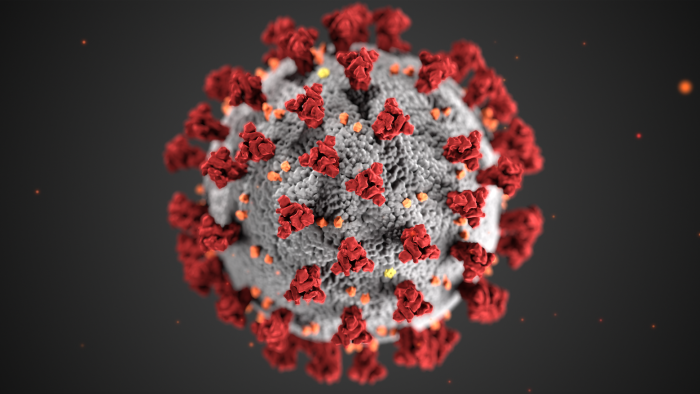Iowa’s official COVID-19 website added 68 more deaths over the weekend, bringing the state’s death toll to 5,822 (roughly one out of every 540 Iowans who was alive before the pandemic). The large increase was surprising; COVID-19 hospitalizations have been trending upward in recent weeks, but haven’t risen sharply enough to produce dozens of fatalities in just a few days.
It turns out that most of the newly reported deaths occurred more than three months ago.
The state’s dashboard displays coronavirus fatalities by the date listed on the death certificate. Since early December, the Iowa Department of Public Health has aligned its counting method with the U.S. Centers for Disease Control. Deaths are added to the website only after National Center for Health Statistics has reviewed documents and confirmed COVID-19 as either the underlying cause of death or a factor contributing to the patient’s death.
It typically takes weeks for the national center to issue the cause of death coding. So when I update my spreadsheet with new data from coronavirus.iowa.gov, I often see deaths attributed to dates from previous months. Even so, it’s rare to see more than a handful of new fatalities added to dates more than three months in the past.
In recent days, the state’s website added two COVID-19 deaths to dates in October 2020, three to dates in November, and 59 to dates in December.
How did this large data dump happen? Sarah Ekstrand, public information officer for the Iowa Department of Public Health, told Bleeding Heartland in an April 5 email that the state received “an end of year death coding file from NCHS with this increase.”
When we submit records to NCHS, some of the records are straightforward and COVID-19 is listed as the “cause of death”, these can be electronically coded by NCHS, returned to the state, and reported on our dashboard in a more timely fashion. But in many instances a NCHS specialist must spend time researching the individual’s record, including when there is a cause of death statement that has more than one disease listed or if there are a series of related diseases. Following the investigation, NCHS establishes the correct “cause of death” coding.
Ekstrand added, “Our team says that this end of year file process is normal for reporting on all ICD codes.” In other words, a relatively large batch of Iowa deaths from 2020 may have recently been attributed to cancer, heart disease, or other causes of death. The COVID-19 numbers attracted more attention because many people track daily changes on the state’s website.
We now know that at least 4,735 Iowans died of COVID-19 during the 2020 calendar year. Here are current monthly totals:
- March 2020: 11 Iowa fatalities
- April 2020: 170
- May 2020: 383
- June 2020: 150
- July 2020: 176
- August 2020: 270
- September 2020: 261
- October 2020: 525
- November 2020: 1,510
- December 2020: 1,279
The state website now shows 1,088 coronavirus deaths occurring so far in 2021: 714 during January, 275 in February, and 99 in March. Those numbers will increase as the National Center for Health Statistics continues to process death certificates. So even though vaccinations should reduce fatalities in the coming month, COVID-19 is on track to be among Iowa’s top five causes of death this year, and may end up in the top three.
Final note: one day after the state reported 68 new deaths, the total on coronavirus.iowa.gov didn’t increase, leading one reporter to post that Iowa had “no new deaths” from April 4 to April 5. Don’t confuse the unpredictable timing of website updates with the reality of how many Iowans may have passed away in any given 24-hour period. It’s common for the website not to add new deaths for a day or two. But according to the state’s bar graph showing daily deaths by date on the death certificate data, the last day that no Iowans lost their lives to COVID-19 was June 29, 2020.
With more than 200 Iowans currently hospitalized, it’s unlikely we will be able to celebrate “no new deaths” anytime soon.
Top image: CDC illustration of “ultrastructural morphology exhibited by coronaviruses.”

